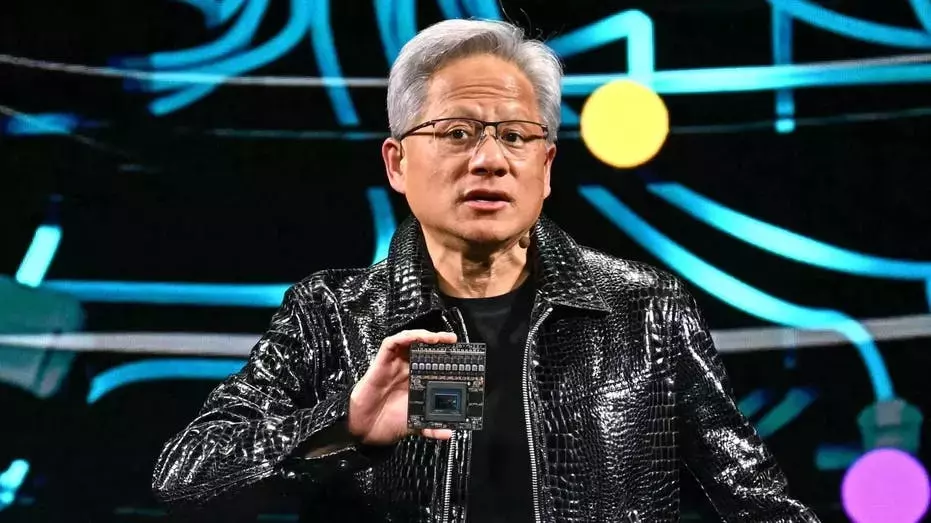AI Revolution Poised to Transform Robotics: NVIDIA's Vision for the Future

NVIDIA CEO Jensen Huang recently addressed the annual Consumer Electronics Show in Las Vegas, discussing the impending advancements in artificial intelligence (AI) and robotics. He emphasized that AI is on the brink of revolutionizing various sectors, particularly general robotics, self-driving cars, and humanoid robots. Huang highlighted the potential for rapid breakthroughs in these areas, driven by innovative technologies developed by NVIDIA. The company's initiatives aim to facilitate the deployment of advanced robots in existing environments without requiring specialized infrastructure. Additionally, Huang discussed the challenges and solutions involved in training these robots, particularly through synthetic data generation and simulation frameworks.
The Dawn of General Robotics
Huang outlined the significance of general robotics, explaining that unlike traditional robots with tracks or wheels that need specific environments, new robotic technologies can adapt to existing settings. This adaptability opens up possibilities for deploying robots in offices, cities, and manufacturing facilities. Huang identified three key areas where general robotics will have a profound impact: information workers, self-driving vehicles, and humanoid robots. These innovations promise to transform industries by automating tasks previously performed by humans.
The importance of general robotics lies in its ability to integrate seamlessly into the world we've built. Robots designed for information processing, autonomous driving, and human-like interactions can operate efficiently in familiar environments. Huang stressed that this integration would lead to significant advancements in productivity and efficiency across multiple sectors. For instance, agentic robots could assist in office environments, self-driving cars could navigate urban landscapes, and humanoid robots could streamline manufacturing processes. The CEO also noted that these developments would constitute one of the most substantial technological shifts in history, marking the beginning of a new era in robotics.
Training the Robots of Tomorrow
A major challenge in developing advanced robots is the process of training them to perform complex tasks. Huang explained that while collecting data for training self-driving cars is relatively straightforward, teaching humanoid robots requires more intricate methods. To address this, NVIDIA has introduced innovative approaches such as using synthetic data generation and simulation platforms. By leveraging artificial intelligence and virtual environments, developers can create vast datasets from limited human demonstrations, enabling robots to learn and improve their performance.
NVIDIA's Isaac Groot initiative offers developers a comprehensive platform to accelerate the development of AI-enabled humanoid robots. This platform includes foundational models, data pipelines, simulation frameworks, and powerful computing resources like the Thor robotics computer. Developers can capture motion trajectories and create robot policies without needing physical robots, allowing for extensive software testing and validation in simulated environments. Huang emphasized that this approach not only speeds up the development process but also ensures that robots are thoroughly tested before deployment. The combination of synthetic data and simulation frameworks represents a significant leap forward in training robots for real-world applications, paving the way for a future where advanced robotics becomes an integral part of our daily lives.